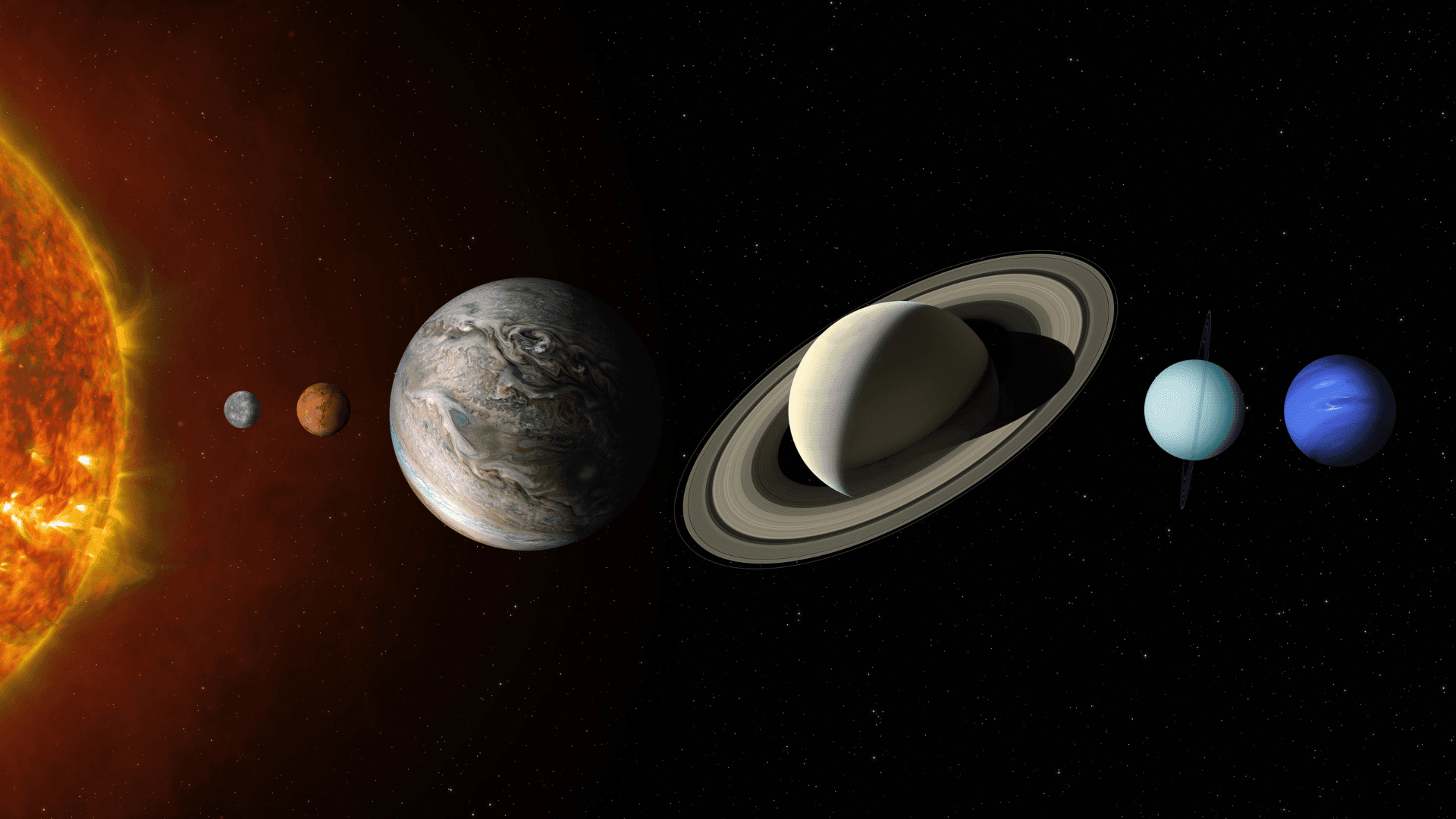On the evening of February 28, 2025, a rare celestial event known as a planetary alignment will occur. During this event, seven of the planets in our solar system will align in the night sky.

This rare event, also referred to as a planetary parade, occurs when multiple planets align on the same side of the Sun. While planetary alignments aren’t extremely rare, an event involving all seven planets aligning is an extraordinary display that won’t occur again until September 8, 2040.
An alignment is a group of planets ranging from three to eight. Five or six planets assembling is known as a large alignment, with five-planet alignments significantly more frequent than six. This event includes Mercury, Venus, Mars, Jupiter, Saturn, Uranus, and Neptune.
Planetary parades occur as the planets in our solar system orbit the Sun on a flare plane called the ecliptic. Some of the planets have orbits tilted slightly above or below this plane, but they’re all more or less on the same level, like grooves on a record. Every once in a while, the planets will be located on the same side of the Sun as they move along their orbits, so they can be viewed in the sky at the same time.
The alignment on February 28 will be visible nearly everywhere around the world, with the best visibility seen in regions like Mexico and New York on February 25, and cities like Mumbai, Beijing, and Sydney getting a prime view on March 3. For optimal viewing, you can use tools like the Sky Tonight app or websites like Time and Date or Stellarium, which provide information on where and when to see the planets, as well as their exact positions in the sky.
To observe the alignment, head outside just after sunset. Whereas Mercury, Venus, Jupiter, and Mars will be easily visible with the naked eye, Saturn, Uranus, and Neptune will require binoculars or a telescope to spot. Find the planets in the sky by following these tips from NASA:
- Mercury: Just above the horizon in late February, it will appear pretty bright as the sunset fades.
- Venus: To the west after sunset all month.
- Mars: High in the east, and you’ll see the bright and amber-orange colored planet. It’s the last planet to set in the west, a few hours before sunrise.
- Jupiter: High overhead in the evening.
- Saturn: Low in the west for the first hour after sunset.
For the best experience of this rare celestial event, be sure to find a suitable stargazing location with clear skies and minimal light pollution.







